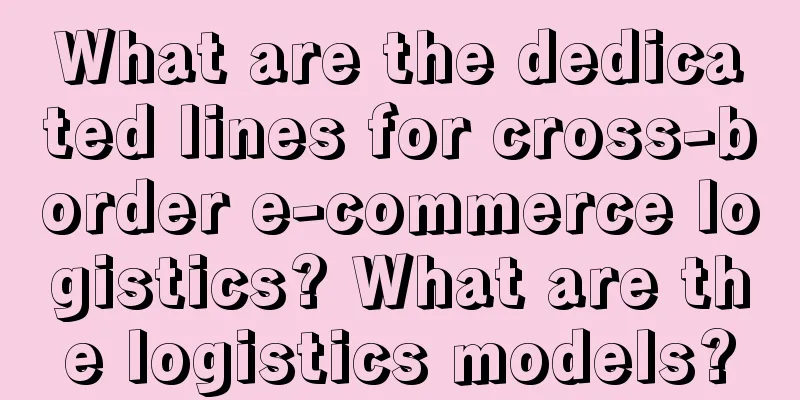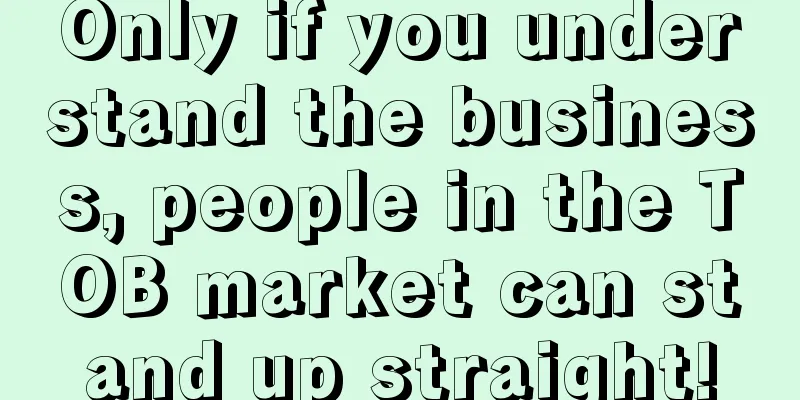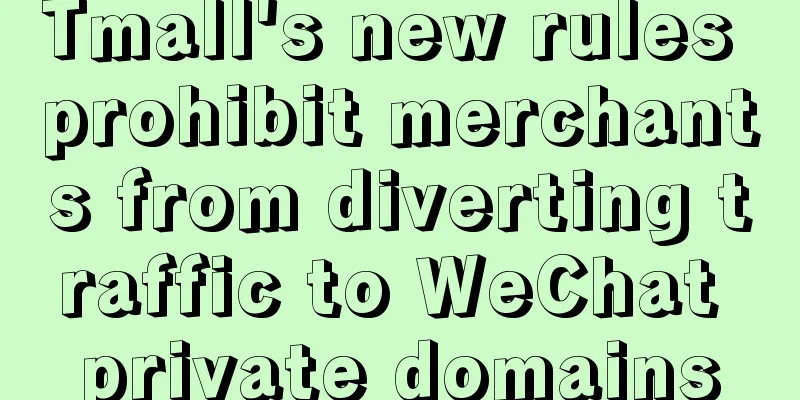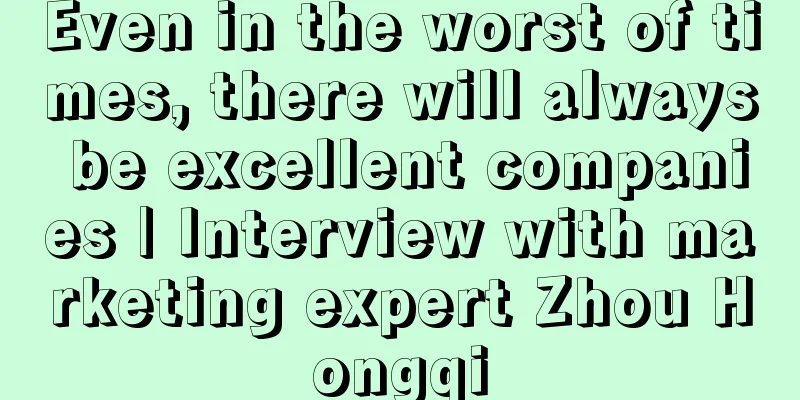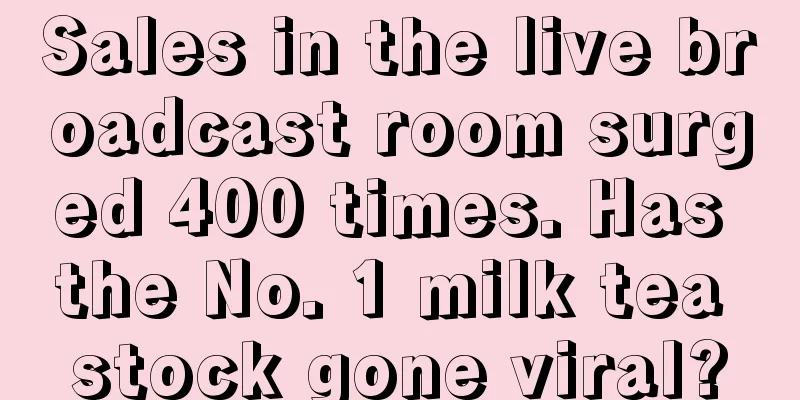The golden age of high-end brands has arrived

I once again put forward this "unbelievable" judgment. (It has been proven countless times afterwards that every time I put forward this judgment, the result is correct. If you don't believe it, wait and see) Last month, I met with several editors of consumer media and asked them: What projects are you busy reporting? The answer is: a series of consumer downgrades. For example, discount stores for expired food, for example, lower-priced coffee... The reason is that the economy is down and everyone has no money, so such projects have suddenly increased. After saying this, I spread my hands and looked helpless. Since 2016, the banner of "consumption upgrade" has been flying high. After only 7 years, is there going to be a comprehensive "consumption downgrade"? When "the overall environment is not good" becomes everyone's mantra, "slipping" seems to be the inevitable answer. "People have no money, so we have to sell cheaper things" sounds like a smooth logic, but is this the whole truth? I don't see it that way. Especially at times like this, there may be more opportunities to develop high-end brands. Let me say two things first: First: A friend has counted the impact of the epidemic on catering companies so far, and found that catering brands with an average customer unit price of less than 80-100 yuan and brands with an average customer unit price of more than 200 yuan are the least affected. In contrast, those mid-range brands with an average customer unit price of 100-200 yuan have suffered the most severe damage. This phenomenon is actually easy to explain: some of the middle-class people who originally had an income of 100-200 yuan have become more conservative in consumption due to the impact, and have consciously begun to accept "cost-effective" products. The income of another part has not only not been affected but has continued to increase, or they have begun to pay more attention to quality consumption and have merged with those who already consume high-end brands. Second: On May 24, 2021, Bernard Arnault, CEO of Louis Vuitton Group, replaced Bezos as the world's richest man . In the first half of 2022, all products under LVMH: wine, jewelry, accessories, leather goods, and watches, all achieved double-digit growth in revenue, and the profit margins of brands such as LV, Dior, and Fendi hit new highs. These are two very interesting phenomena. You can slowly savor them first. Let’s not talk about the phenomena, but about the opinions, logic and possibilities. 01 Nowadays, being a [low-end brand] is the real "high threshold"[Low-end brands] here refer to mass businesses with extremely low profits, famous brands, low profits, average quality, many channels, and large scale. In the past, people had a habit of thinking that it was easier to do [low-end]. Whether from the perspective of production, innovation, pricing, channels, etc., it seems that [low-end] brands have greater freedom and lower entry barriers. Yes. It used to be. This was the case in the era when commodities were completely unsaturated. The supply of commodities was small and the market demand was large (before the reform and opening up to 2008). At that time, not to mention low-end brands, even non-branded goods could be sold. Because people's needs were met by so many commodities for the first time. "Variety" was the core demand of everyone for commodities. The emergence of Internet e-commerce has once again intensified this process (from SARS in 2003 to 2023). In the past 20 years, everyone has opened their eyes with the help of e-commerce. From "there is nothing that cannot be bought" to now "you can grab it at a low price in the live broadcast room", e-commerce has become synonymous with "complete, convenient and cheap". No matter what you want to put on the e-commerce platform, first ask if there is a price advantage. Almost all brands that can still make profits regard e-commerce as an "advertising and marketing" platform. Those who really regard e-commerce as the main sales platform are either unprofitable or white-label manufacturers and mass brands. Therefore, if you want to be a cost-effective [low-end brand], there are only two ways. One is to deal with the affiliated relationship with the platform or become a platform itself (MINISO, Dongfangxuan, etc.). The second way is to belong to white-label manufacturers and traditional mass brands (Junlebao, etc.). The strategy of large scale and low price is a chicken-and-egg problem. Investors and entrepreneurs hope to acquire customers at low prices by spending money, expand the scale, and then reduce costs. As a result, sales often drop sharply before the scale is stabilized (it is difficult to stabilize the scale by relying on marketing actions to increase sales), and costs become more difficult to control. In this process, the white-label manufacturers whose brands are flat first become the only ones to make profits. If you want to build a brand, you must fully realize that the essence of a brand is premium. Without premium, there is no brand. A brand that promotes cost-effectiveness and the label of "low-end" must rely on scale. It is unrealistic to have cost-effectiveness without scale. Tesla is so careful in calculation that it also sold its products at a high premium at the beginning. Pricing is easy to go from high to low, like mercury flowing on the ground. It is difficult to go from low to high, like an ant climbing a tree. Therefore, we are not a platform, we do not have the advantage of pleasing the platform, we are not a white-label factory, and we do not have nuclear weapon-grade products. Now, the threshold for making a [low-end brand] is the highest. We just sometimes lack some imagination to break through. 02 [High-end brands] are more profitable, making it operate in a way that touches people's heartsI once went to a small manufacturing factory in the south. There was no air conditioning in the factory during the dog days of summer, and dozens of workers were like being trapped in a can. Their production and management costs were calculated extremely meticulously. I was surprised to find that the factory toilet was set up in the center of the entire hall, like a towering "exhibition stand". When asked why, it was said that this could minimize the time each worker spent on the toilet (after all, when one person went to the toilet, the whole factory watched and supervised). I was amazed to see this. It is difficult for the new generation of entrepreneurs to be good at controlling costs! In this case, the biggest problem for enterprises is the lack of talent and the permanent lack of innovation. The products produced by such enterprises are, at best, mediocre products or knockoff products with no quality problems (even difficult to guarantee). Not to mention being an independent brand in the market, even becoming a qualified OEM brand is something they have to do their best to achieve. Being a high-end brand means higher profits, which can be used to find better talents and operate things that can touch people's hearts more easily. After all, "usable goods" are everywhere, and the cost is getting lower and lower, but those exciting "symbols" and those convincing "high-end" are still scarce and will always be scarce. These things that can touch people's hearts are also more difficult to be replaced. High-end goods are a kind of commodity, but also a kind of social and cultural symbol. Commodities as cultural symbols are a blue ocean with great potential. Brands like Guanxia start their operations from the content. They try to create a positive flywheel of "high-end content-high profit-supporting content investment-high-end content", and constantly explore the lean management of content production in the process. This is the path they are trying to take. However, it is definitely not possible for high-end brands to rely solely on this positive flywheel. Such a positive flywheel will cause lameness due to unilateral advantages (many new brands with high appearance and high brand initiative have this problem). Of course, what can touch people's hearts is not just good looks and good content. "During the global economic crisis in 2008, both Chrysler and GM Motorcycle suffered heavy losses, but Ferrari's car sales only fell by 5%, from 6,587 to 6,250, and in 2011 it set a new record, selling 7,001 cars. What's more interesting is that in 2008, although Ferrari's sales in the Middle East fell by 5%, its turnover was basically flat, reflecting the company's strong pricing power." Why is Ferrari's technology so advanced? The reason is simple. Ferrari is more profitable and can put more revenue into technology research and development. Ferrari's annual investment in technology research and development accounts for 15%-18% of its revenue, while the proportion of general car companies is 6%-8%. More investment in technology research and development ensures better product quality and customer experience, forming a virtuous feedback chain. From the perspective of product function and price, high-end brands are high-quality, desired, expensive, scarce products, and are accompanied by humanized services. From the perspective of social significance, high-end brands are products that embody superiority and make the owner feel unique. The brand influence and marketing system of high-end brands are exactly the opposite of the existing e-commerce live streaming model. Interestingly, in Shanghai, domestic high-end perfume brands such as "Wenxian" began to emerge. They boldly abandoned online e-commerce and regarded the online market as an important marketing and publicity platform. Sales were only done in offline entities, and they focused on content, exhibition-style retail, and collaborations with luxury brands. A duck knows when the river water warms in spring. High-end brands are beginning to emerge. 03 [High-end brands] are the unified understanding and upgrade of human consumptionWhat is the biggest change in people today compared to the past? Knowledge. The three revolutions (steam revolution, electrical revolution, information revolution) have made each generation more knowledgeable than the previous generation. The same is true for consumption knowledge. "The swallows that used to fly in front of the halls of the rich and powerful now fly into the homes of ordinary people." The luxury brand that was born in the European royal family in the 18th century has now been everywhere in our Xiaohongshu pictures. When lululemon first entered China, it was only tasted by a small number of outstanding people, but now it has become the casual wear choice of working people in major shopping malls. People always grow upwards. Once they open their eyes, they will actively explore conditions for themselves. Once they have the conditions, they will get what they want. The so-called consumerism is based on this, encouraging people to buy more and better things. Even if they don't need to buy more, even if they buy less, they still have to buy good things, which has become a consensus among people. This is an inevitable result based on [upgrading knowledge]. Of course, there will be more possibilities for the discussion and definition of "high-end" in the future. High-end does not necessarily mean luxury (so the traditional concept of luxury may have to be replaced), high-end does not necessarily mean the dignity of the actual level (spiritual level and psychological level may also be used for ranking), and high-end does not necessarily mean simply high-priced products (low-premium products combined with high-premium services are also possible)... Regarding "high-end", imagination is endless. But no matter what, as long as the pursuit of higher and better in human nature remains unchanged, and the upgrading of knowledge remains unchanged, "high-end brand" is just a question of from which angle it is "high". High is inevitable. As a brand, whether you have clear values and ambitions, the ability to gain higher insights, the ability to raise more advanced issues, and the ability to create more advanced product concepts will become the real golden thread of competition. People are quite smart. They certainly know how to choose from low-priced and low-end products and get their basic needs (the parts that are not hindered in use) at the lowest cost. They also know what is good and are willing to use their own efforts and pay a high premium (please note! A high premium does not only refer to the price, the high time investment of consumers is also considered a high premium) in exchange for a brand they prefer. |
<<: A million possibilities in the live streaming industry
>>: I taught small and medium-sized enterprises to use ChatGPT and I made $500,000 in 3 months
Recommend
Snacks are very busy, and marketing is booming
As mass-market snacks become increasingly popular,...
Which domestic cross-border e-commerce platform is the best and most reliable? How to choose?
There are many people in China who want to engage ...
What are the advantages of Amazon local company accounts? How to choose?
You will apply to open a store on Amazon. Whether ...
Does Amazon need to prepare the goods? How many months does it usually take?
If a product is out of stock on Amazon, it must be...
A new philosophy of consumption? Dongmen believers, dopamine and the lipstick effect
This article analyzes the consumer psychology behi...
Wukong is online. What is Luckin Coffee's method for IP co-branding?
Luckin Coffee's IP collaboration with Black My...
How long will it take for a Shopee account manager to contact you? Why can't I find an operations manager?
Shopee, like Amazon, is a cross-border e-commerce ...
The recent trend of Xiaohongshu in the pet industry! How to achieve conversion and dissemination?
Although the birth rate has decreased in recent ye...
“Tourism Special Forces” surged during the May Day holiday: 120,000 people “entered Zibo”, but Beijing suburban homestays became unpopular?
During the first May Day holiday after the epidemi...
Does it take three months of turnover to open a Shopee store? How to run a store?
Shopee is a local e-commerce platform in Southeast...
Discussing cost performance
When choosing products or services, you need to co...
Find the right target audience, these 8 questions can help you avoid detours!
When writing copy, do you not know who your target...
Four questions about Xiaohongshu
This article analyzes the four major issues curren...
Tik Tok launches gift-giving red envelopes. Will big companies stage another red envelope war?
Since WeChat Store updated the gift-giving functio...
Dunhuang.com New Seller Protection Period Exemption Policy
In order to guide new sellers to understand the tr...
